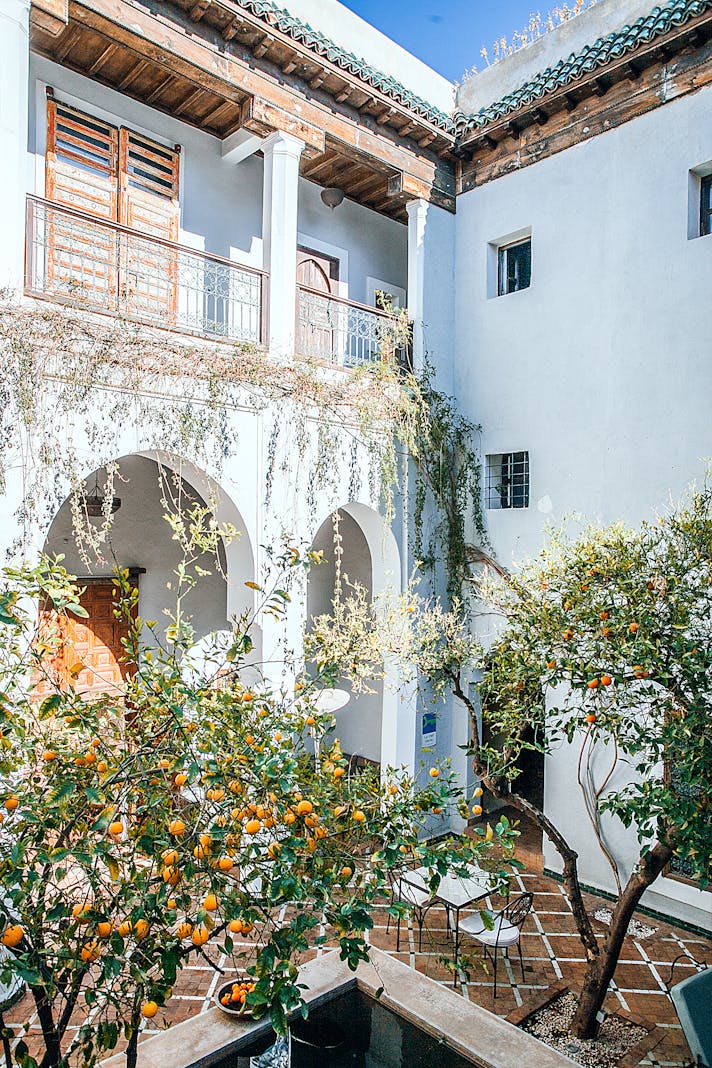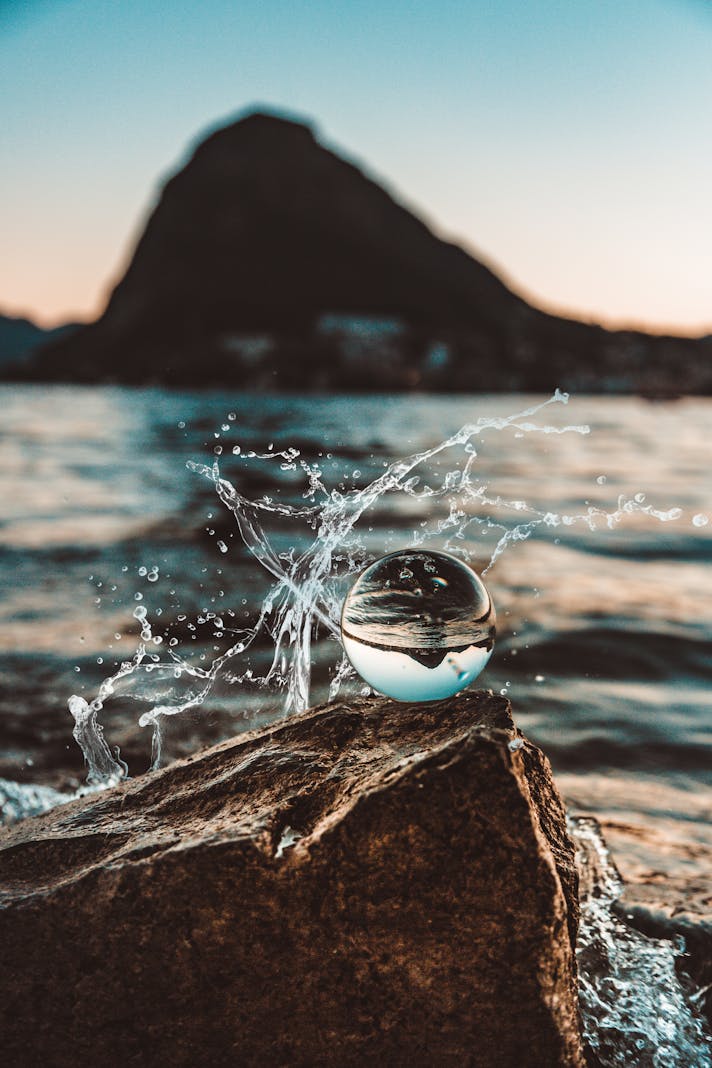Point Pinos Lighthouse

Monterey Bay is shaped like a large smile, with the eponymous city situated to the left of center. Cabrillo bestowed the moniker “Bahia de los Pinos”; not quite a century later, Viscaino named the extreme southwestern point “Punta de los Pinos.” When de Portola founded the Presidio of Monterey, Pinos Point became a navigational hazard. Ocean vessels attempting a harbor landing risked wreckage on the rocky shores of the coast. As immigrants from Spain, Mexico, the United States, and the rest of the world came to California, the need for a lighthouse became paramount. It wasn’t until 1855, however, that Congress approved the building of Point Pinos Light. Workers erected the building in 1853-54, from an architectural plan based on the Cape Cod ‘saltbox’.
From the first, the lens installed at the top of the tower demonstrated the latest marvels of engineering. The light from an open flame was surrounded and magnified by a special lens invented by Augustine Fresnel, who layered mirrors atop one another to boost visibility. Although originally slated to receive a second-level lens, a smaller, third-level lens became available and was subsequently installed. Point Pinos officially opened as a lighthouse in 1855.
Over the years, the source of light changed. Kerosene supplanted whale oil as the source of flame. Gaslight was installed at the turn of the century, only to be superseded in their turn by electricity in 1919. Automated sometime after 1950, the lens is still in use today.
Part of the romance of lighthouses has always come from the unusual hardships lived through by the keepers. The first two at Point Pinos, Charles and Charlotte Layton, were a married couple who maintained the grounds, kept the light lit and lens clean, and also served as members of the larger community. When Charles was killed working with the local sheriff, Charlotte continued on by herself until she re-married, passing her duties on at that time to her husband. She was not the only female lightkeeper at Point Pinos; in 1893, Emily Fish assumed the duties and served until 1914 while maintaining an extensive social life.
Today, visitors can tour the oldest continually operating lighthouse on the West Coast. The grounds and building are open Thurs – Monday from 1p to 4p, and by appointment. Park either in the extensive lot or in the parking spaces directly outside the driveway, and watch for flying golf balls while walking to the lighthouse gate; the area is part of the Pacific Grove Golf Links. Once inside, take a moment to stroll the grounds and take in the sea air before touring the small building. A docent will answer questions and share information about the lens, the building, and the celebrities, such as Robert Louis Stevenson, who came to visit the lighthouse. A small gift store is housed in a separate building, but there are no food or drink concessions on the property. For a day in the area, consider also walking the easy 2.7 mile, boardwalk and packed dirt coast trail at nearby Asilomar State Beach and having lunch or dinner at the ever-popular Fishwife restaurant; both are located less than five minutes from the lighthouse.
Disclaimer: I am not affiliated with any of the above locations. I paid for my visit to the lighthouse and for my meal at the Fishwife with my own funds.
Point Pinos Lighthouse, 165 Forest Avenue, Pacific Grove.
The Fishwife, 1996 ½ Sunset, Pacific Grove. (831) 375-7107.
Asilomar State Beach, Sunset Drive, Pacific Grove.
From the first, the lens installed at the top of the tower demonstrated the latest marvels of engineering. The light from an open flame was surrounded and magnified by a special lens invented by Augustine Fresnel, who layered mirrors atop one another to boost visibility. Although originally slated to receive a second-level lens, a smaller, third-level lens became available and was subsequently installed. Point Pinos officially opened as a lighthouse in 1855.
Over the years, the source of light changed. Kerosene supplanted whale oil as the source of flame. Gaslight was installed at the turn of the century, only to be superseded in their turn by electricity in 1919. Automated sometime after 1950, the lens is still in use today.
Part of the romance of lighthouses has always come from the unusual hardships lived through by the keepers. The first two at Point Pinos, Charles and Charlotte Layton, were a married couple who maintained the grounds, kept the light lit and lens clean, and also served as members of the larger community. When Charles was killed working with the local sheriff, Charlotte continued on by herself until she re-married, passing her duties on at that time to her husband. She was not the only female lightkeeper at Point Pinos; in 1893, Emily Fish assumed the duties and served until 1914 while maintaining an extensive social life.
Today, visitors can tour the oldest continually operating lighthouse on the West Coast. The grounds and building are open Thurs – Monday from 1p to 4p, and by appointment. Park either in the extensive lot or in the parking spaces directly outside the driveway, and watch for flying golf balls while walking to the lighthouse gate; the area is part of the Pacific Grove Golf Links. Once inside, take a moment to stroll the grounds and take in the sea air before touring the small building. A docent will answer questions and share information about the lens, the building, and the celebrities, such as Robert Louis Stevenson, who came to visit the lighthouse. A small gift store is housed in a separate building, but there are no food or drink concessions on the property. For a day in the area, consider also walking the easy 2.7 mile, boardwalk and packed dirt coast trail at nearby Asilomar State Beach and having lunch or dinner at the ever-popular Fishwife restaurant; both are located less than five minutes from the lighthouse.
Disclaimer: I am not affiliated with any of the above locations. I paid for my visit to the lighthouse and for my meal at the Fishwife with my own funds.
Point Pinos Lighthouse, 165 Forest Avenue, Pacific Grove.
The Fishwife, 1996 ½ Sunset, Pacific Grove. (831) 375-7107.
Asilomar State Beach, Sunset Drive, Pacific Grove.
You Should Also Read:
California Lighthouses

Related Articles
Editor's Picks Articles
Top Ten Articles
Previous Features
Site Map
Content copyright © 2023 by Korie Beth Brown, Ph.D. . All rights reserved.
This content was written by Korie Beth Brown, Ph.D. . If you wish to use this content in any manner, you need written permission. Contact Korie Beth Brown, Ph.D. for details.







